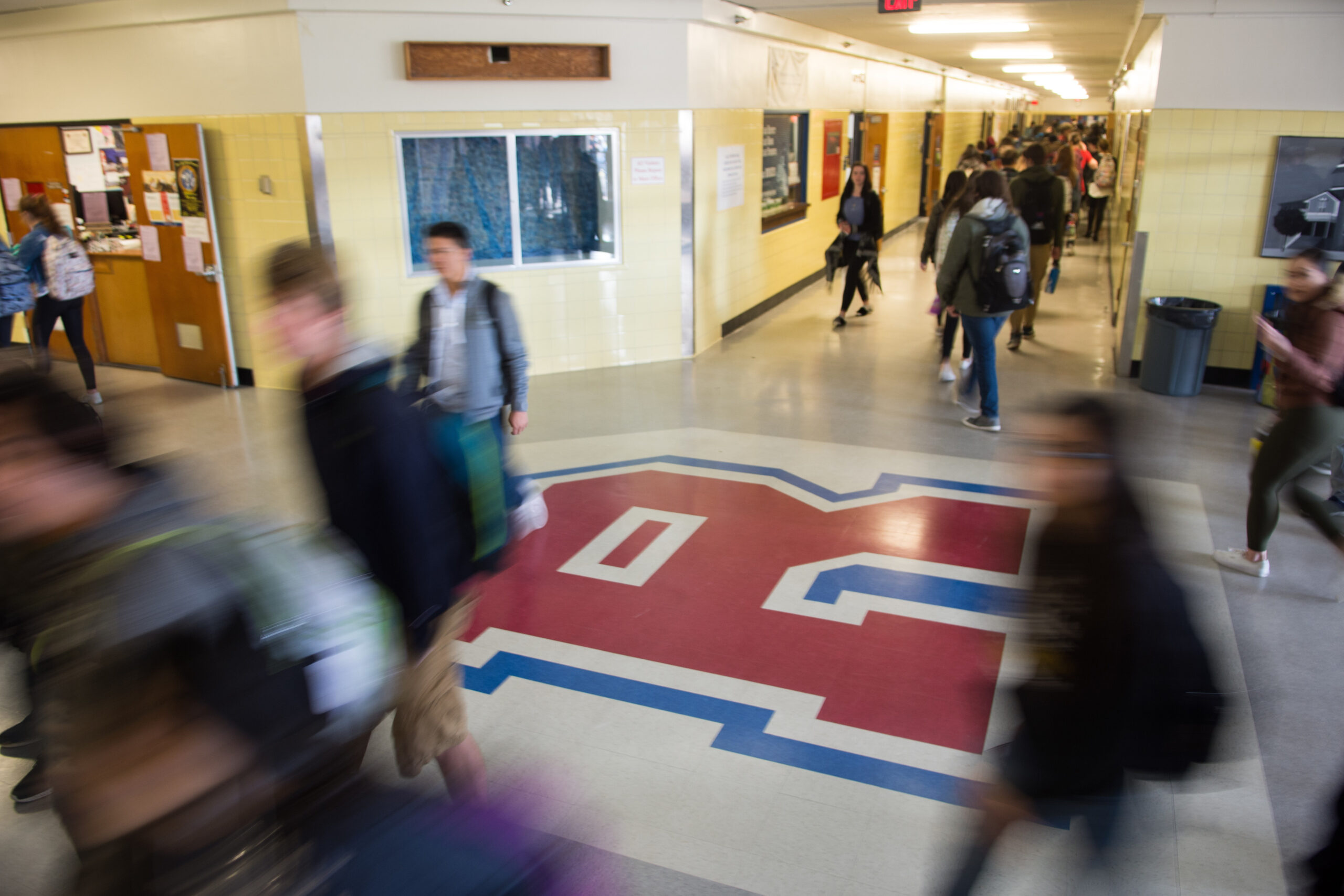Education worth nothing without quality

Thirteen years of my life were spent within the walls of Clark County School District (CCSD). Thirteen years in a secure environment altered my existence. Thirteen years of quality education helped me accomplish my greatest desires.
Nineteen years of my mother’s educational career were spent within the walls of a Title 1 school. Nineteen years spent teaching parents English, buying students’ lunches and finding organizations willing to donate supplies. Nineteen years of education worth almost nothing.
Many people consider Las Vegas the prestigious part of Nevada, but my mother taught behind the streets of the Strip where students rarely had a place to sleep, eat or bathe daily. The education provided to each neighborhood is worth more than outdated curriculum and test scores; there are individual characteristics that contribute to the perception of quality education.
Students need to be fostered in knowledge and care at school. Nevada classrooms are filled with distractions and unqualified teachers that interrupt a child's education. Teachers are at the forefront of education as they take responsibility for overcrowded classrooms; however, with a lack of appreciation, teaching is becoming a less desirable profession. National teacher shortages have led to larger class sizes and lower student achievement; Nevada is no exception. The low-income school my mother worked at struggled to fill teaching positions of any discipline. In contrast, Southwest Career and Technical Academy, the magnet school I attend, struggled to retain a program area teacher.
Teacher recruitment and retention needs to be a profound district concern. Principals may be able to hire teachers, but how are they supposed to keep them in the classroom when industry careers pay more and appreciate employee dedication? As teachers leave the classroom, students are thrown into other rooms and sit on carpeted floors during core curriculum lessons. Students in overpopulated classrooms need to be provided with an education that supports them. Students in smaller classes receive individualized attention, resulting in higher educational achievement.
Being a CCSD student for all 13 years of my education, my class sizes have increased between the grade levels as more students are shoved into available campuses. Assembly Bill 42 sets a maximum ratio of 30 pupils to one teacher in grades seven through 12. It does, however, increase the ratio to 18-to-1 in kindergarten and 20-to-1 in first through third grade. My mother, who currently works as a K-5 librarian, already needs more chairs for the students in her room. Regardless of their grade, students should be guaranteed small class sizes as it provides sustenance to their education.
Teachers and the number of student-filled chairs aren’t the only components of quality education; the physical environment is equally as important. Nearly 40 years ago, my mother attended an elementary school in Las Vegas. Twenty years later, she walked the hallways of the school as a teacher. For 25 years, my mother learned and taught in an outdated facility that was barely suited for students. Do students receive a quality education when asbestos and cracking foundations plague classrooms?
Just this year, my school was one of many CCSD schools that experienced air conditioning failures. Within the first few days of school, our education was disrupted as people moved fans between the hallways. Do students receive a quality education when sitting in Vegas' heat? Nevada learning environments should ensure students’ time in the classroom is prosperous and there are ways we can ensure this happens.
- Submit opinion for Assembly Bill 42: AB42 would ensure that middle and high school students have smaller class sizes, but this is not the case for younger students. Provide written support on NELIS. Advocate for AB42 by providing written testimony explaining the need for a decreased student-to-teacher ratio for all K-12 students. Legislators can use these opinions and make changes that will improve the quality of education.
- Provide testimony at the Department of Education: Students and teachers need to be protected and speaking up is a starting point. Attend a Nevada Department of Education (NDE) meeting and voice concerns to the people in charge. Explain the challenges of teachers in Nevada and help NDE understand that these issues will not go away until teachers are financially and emotionally supported for their diligence. Speak up for those who don’t have a say in the quality of their classroom.
- Speak to legislators about school facilities: Work with legislators, like Sen. Pete Goicoechea (R-Eureka), who sponsored a bill regarding the construction of a new school, and ask other legislators to reconsider Nevada’s educational spending. Ask them why they are providing money for a Rainy Day Fund when schools could flood from the desert rain? Inform officials about the issues in Nevada schools and the community’s worries about the state of the next generation’s education.
It doesn’t matter where a student lives, what they can afford or their school location; they all deserve an education that adds value to their adolescent lives. The community, legislators and citizens of Nevada need to protect, support and speak on behalf of students and teachers. They are entitled to and deserve quality education.
Hannah Paine is a senior at Southwest Career and Technical Academy studying fashion design and merchandising. She serves as captain of Durango High School’s varsity swim team, has been an active leader of Family, Career and Community Leaders of America, and is an editor of the award-winning Southwest Shadow Newspaper.
